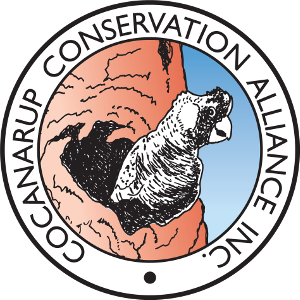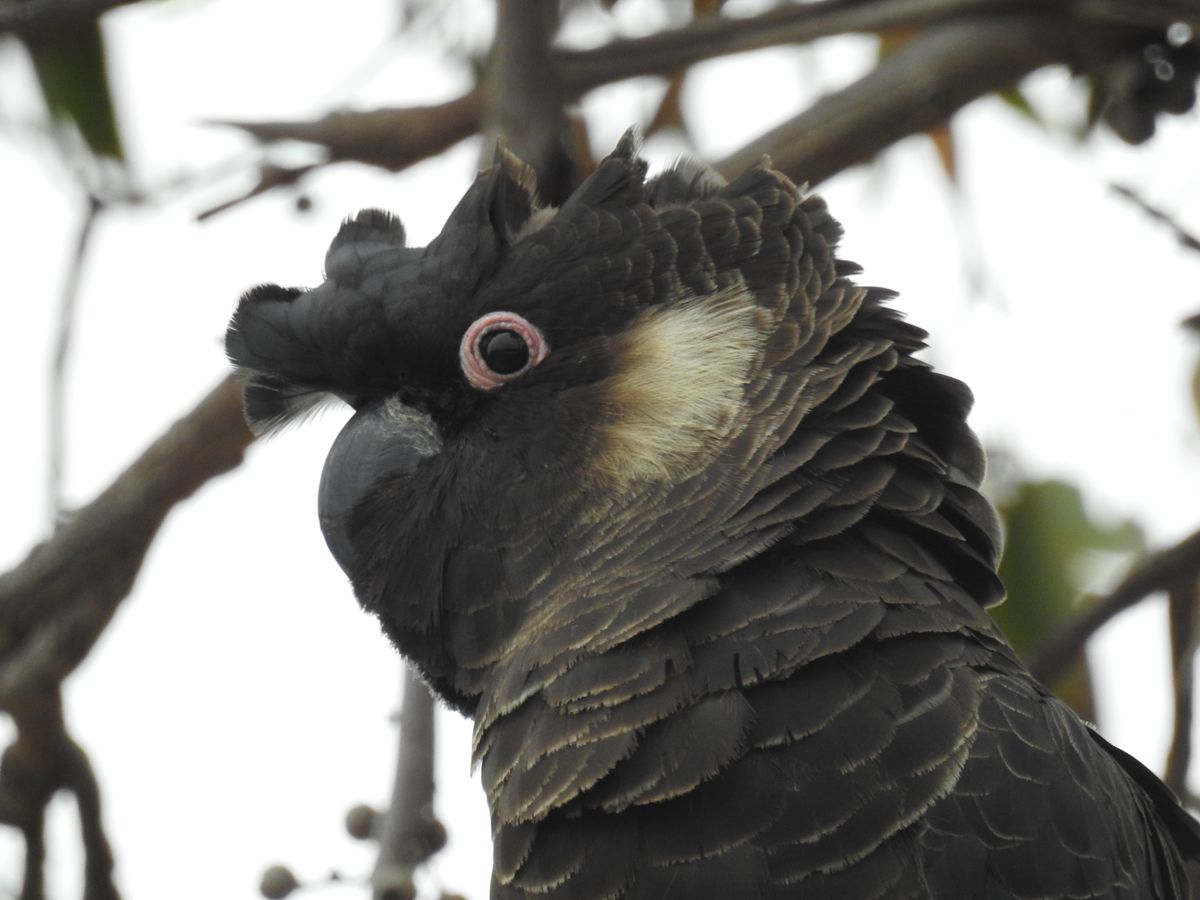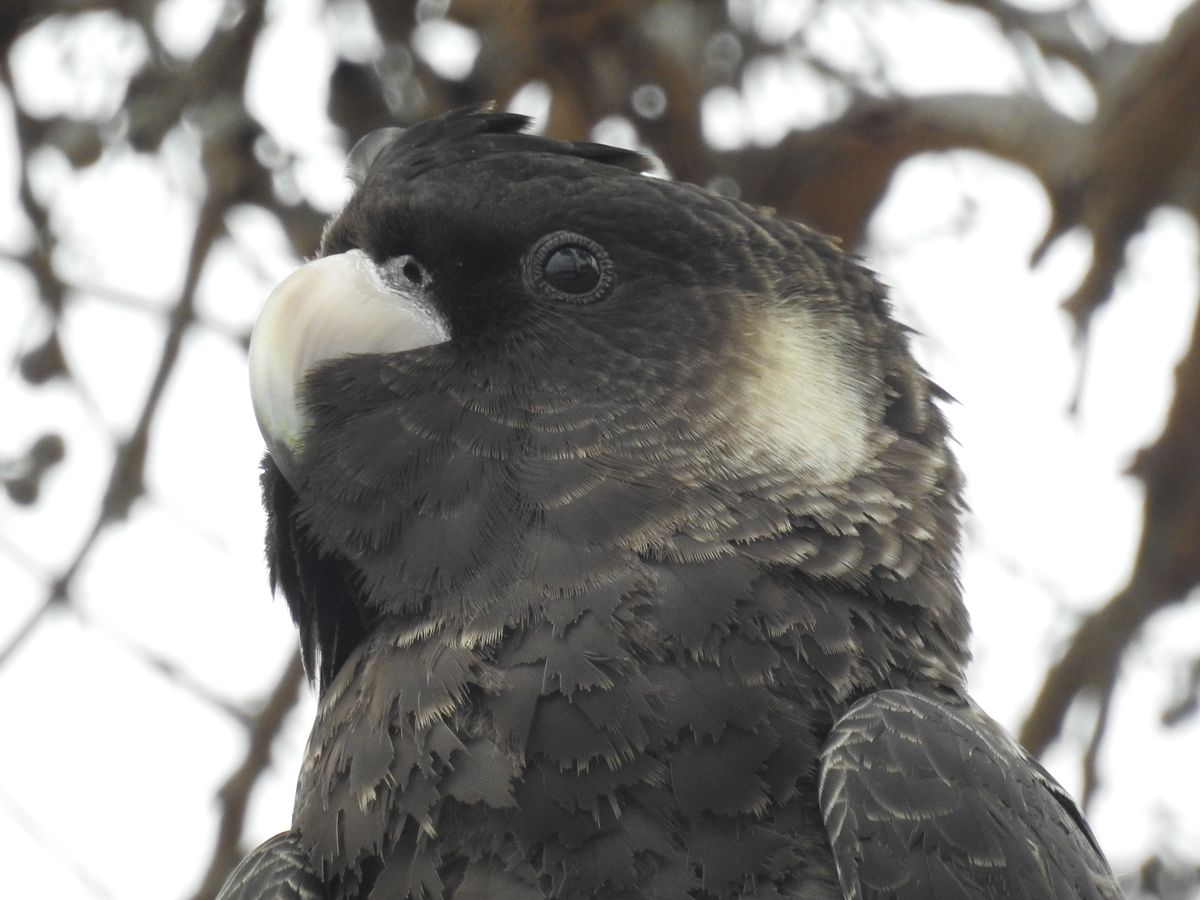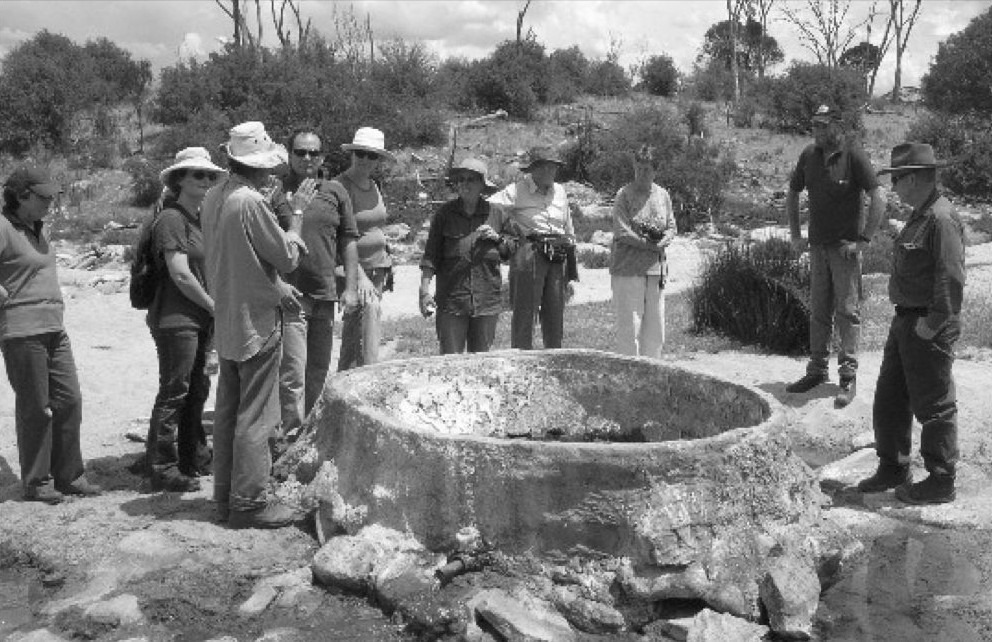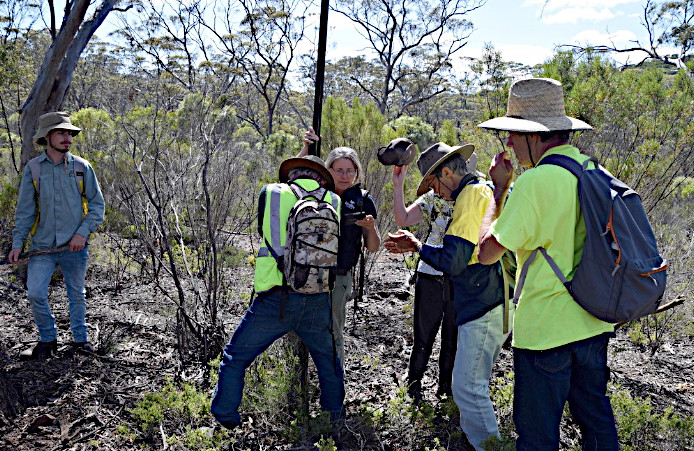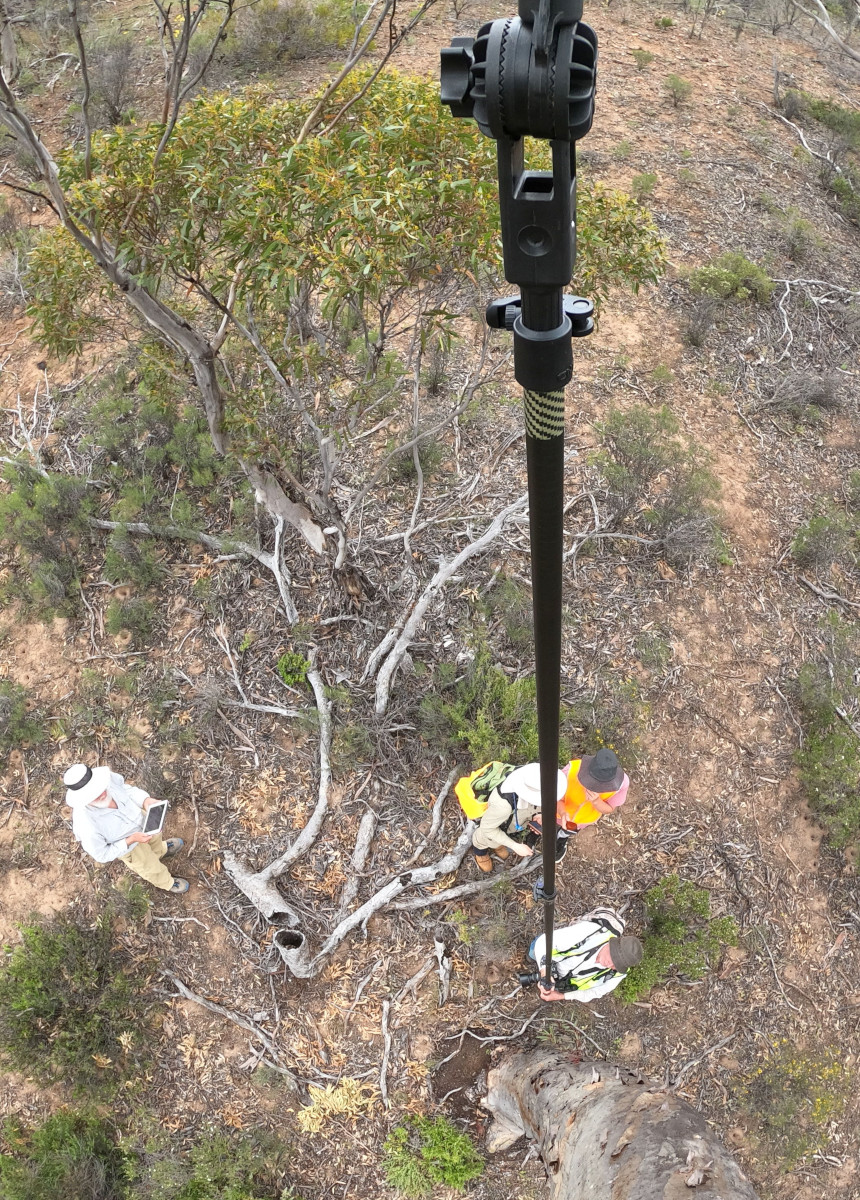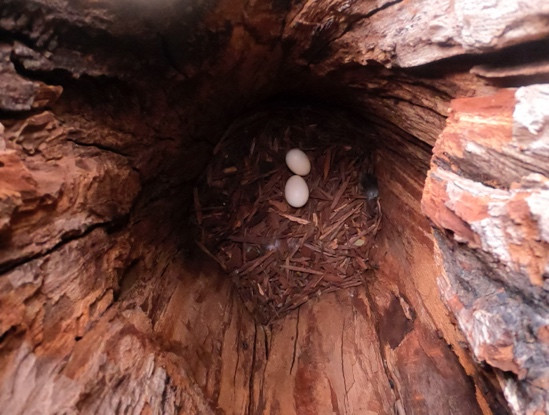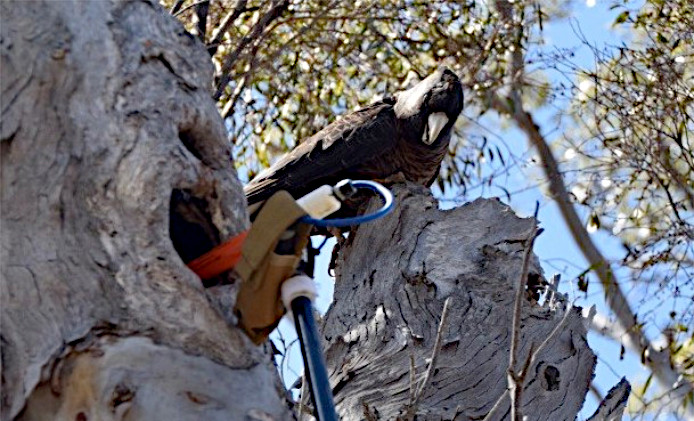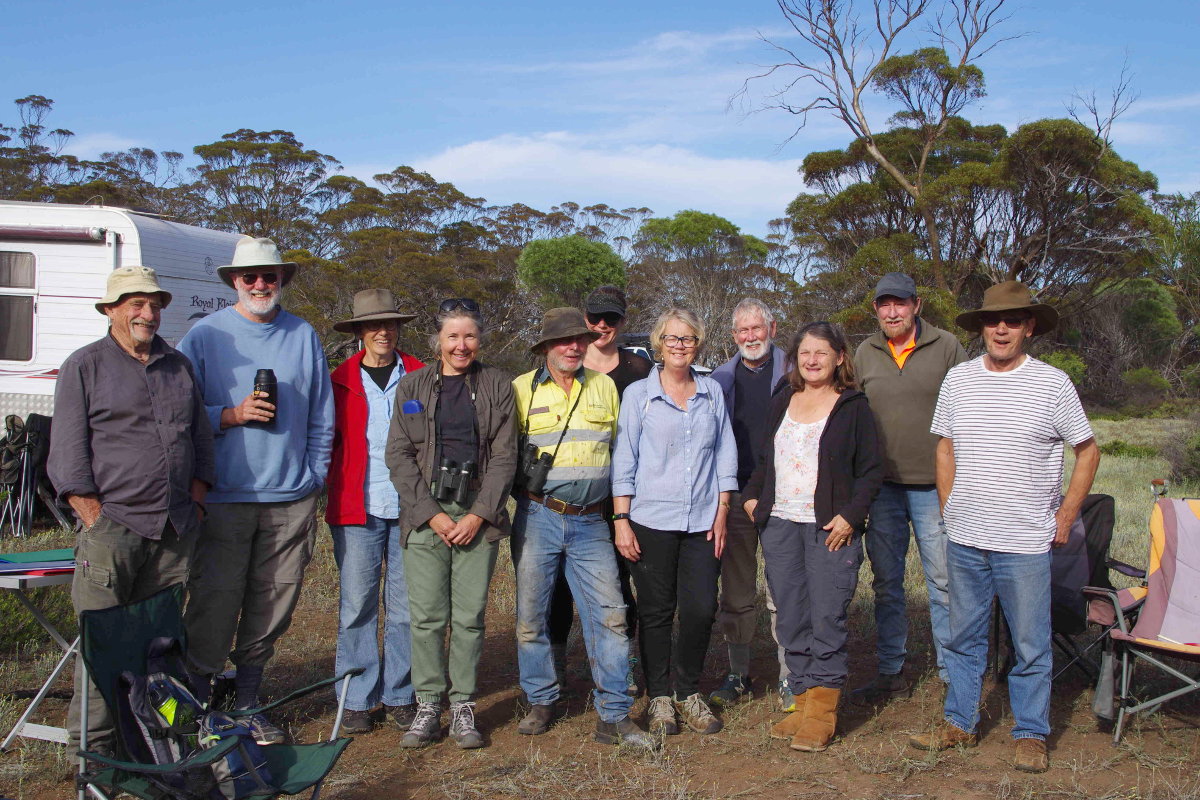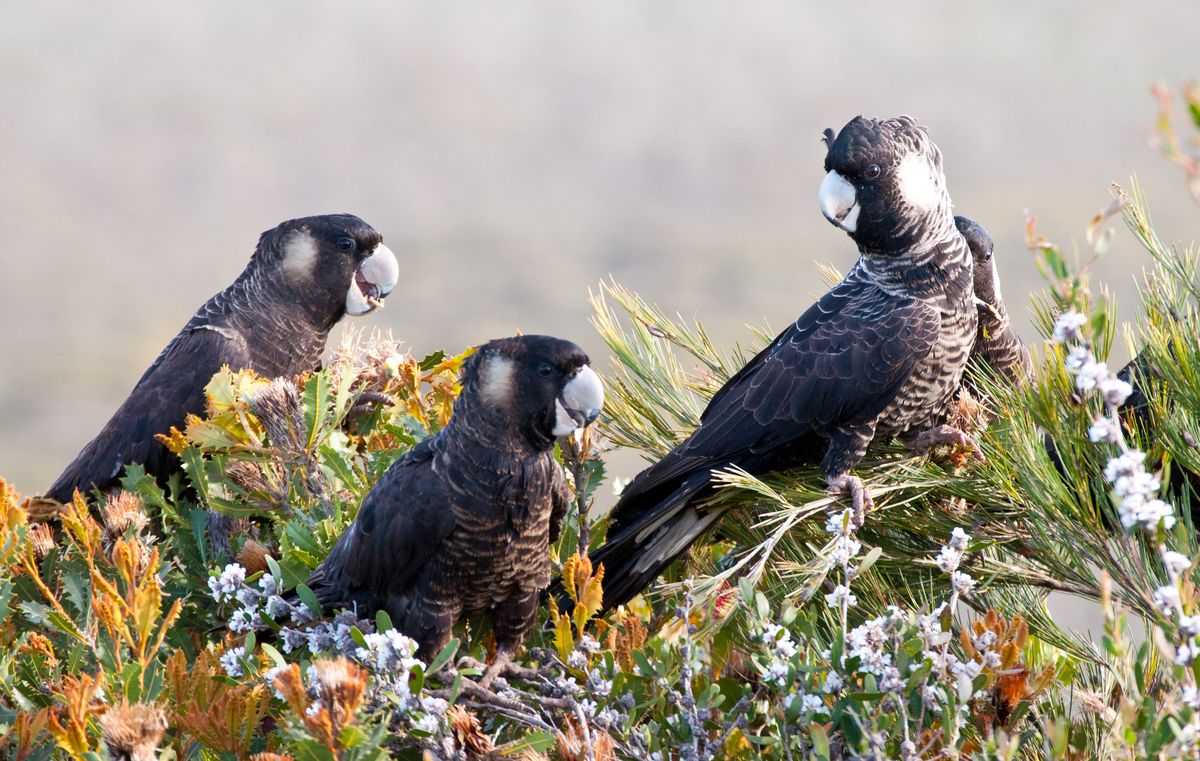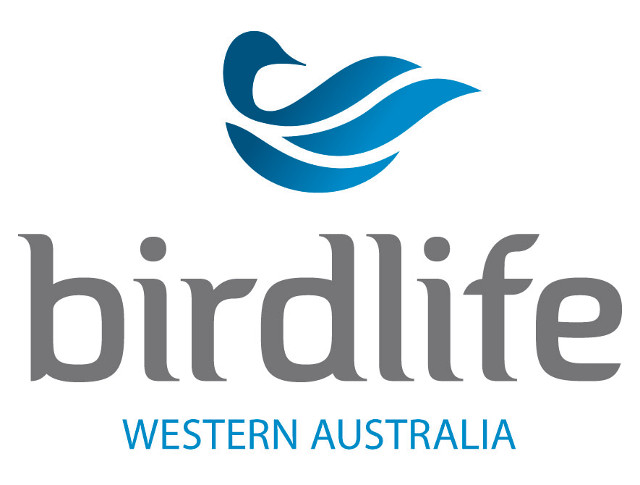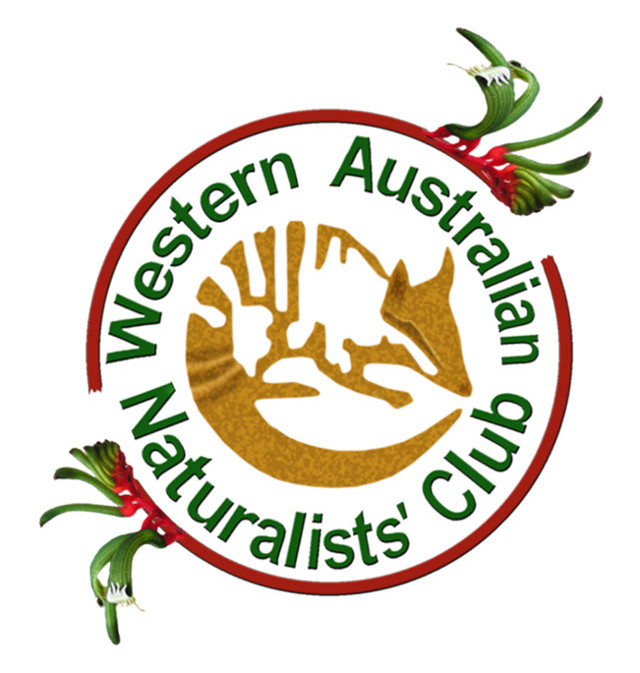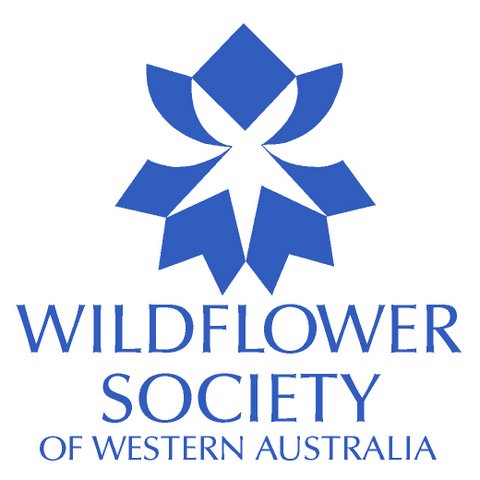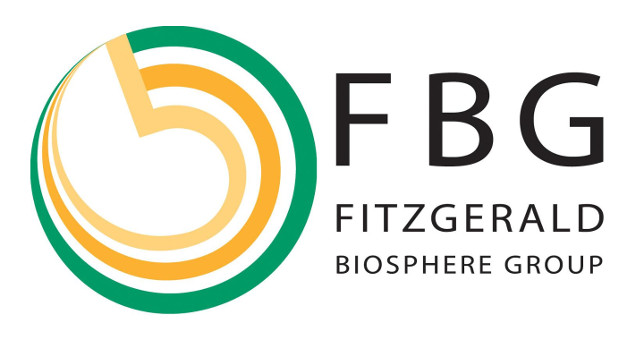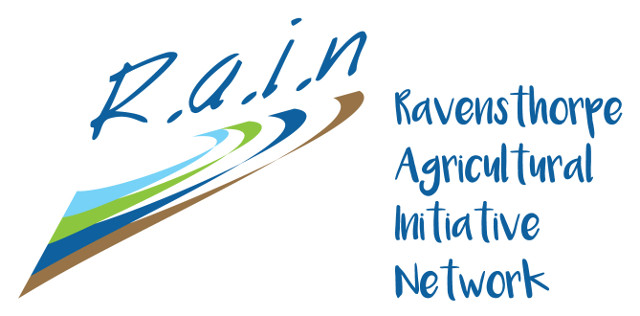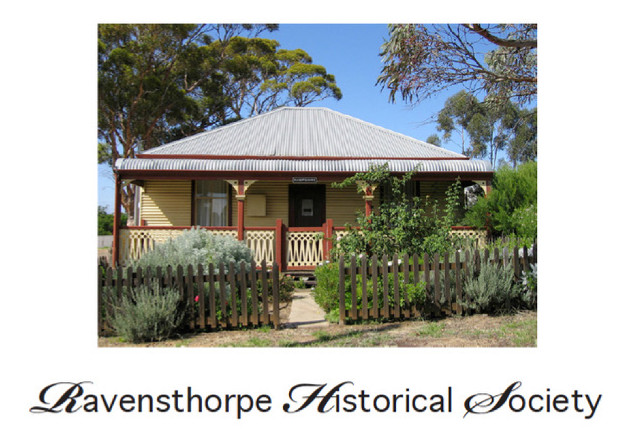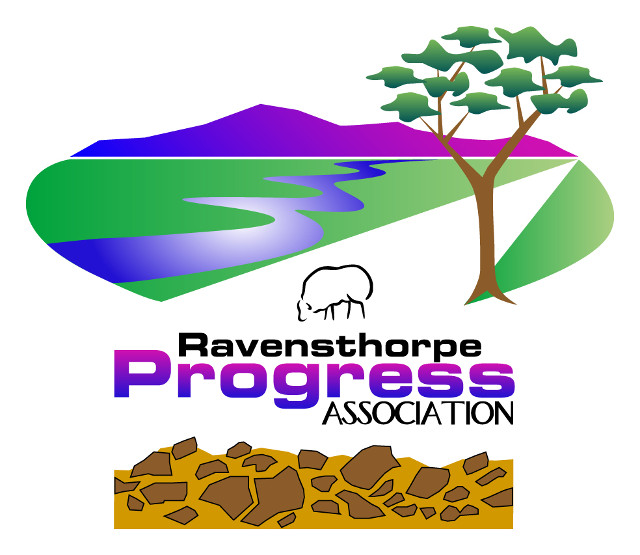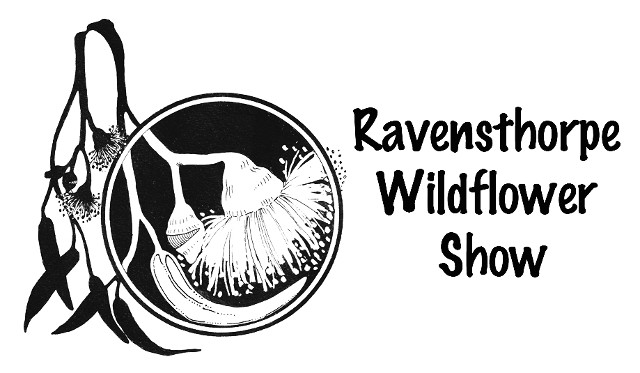Carnaby’s black-cockatoo (Calyptorhynchus latirostris) is a white-tailed black cockatoo found in the south-west of Western Australia, most often observed in flocks at dawn or dusk as they leave or return to a roost site. The male has a black bill and reddish eye-ring, while the female has a whitish bill, grey eye-ring and a more distinct cheek patch. Juvenile birds are similar in appearance to the adults, except that juvenile males have pale bills which begin to darken after the second year. They are best distinguished from the adults by the harsh, rasping call that they make when begging for food.
Carnaby’s black-cockatoo is recognised as a threatened species under State and Commonwealth legislation. In the light of this, Cocanarup and its surrounds play a vital role in the survival of the important south-eastern population of the species. This is outlined in the sections that follow, along with more background information about the species, its behaviour and its needs.
Carnaby's black-cockatoo Gallery
Cocanarup’s Carnaby's
Cocanarup’s Carnaby's
Carnaby’s first appear in Cocanarup in June/July and nesting and raising young takes place through spring and into summer. The earliest confirmed nesting record is in the first week of August and the latest record of adults feeding young is in the first week of February. Once the young birds are ready, the birds leave Cocanarup and fly the 35-plus km to the south coast and spend the non-breeding season there.
They feed on the extensive area of botanically diverse and “cockie-food-abundant” banksia shrublands which dominate this very important coastal corridor of vegetation stretching through the Fitzgerald River National Park to well east Hopetoun. Then, at the end of each day the birds fly to a suitable roost site, which can be many kilometres from their feeding area. Over the years, some roost sites have been located and they include trees along the Oldfield, Jerdacuttup, Steere, Phillips and West Rivers. In this region, the use of roost sites appears to be opportunistic, rather than birds consistently using a particular site – however, having fresh water nearby appears to be a consistent requirement.
In April 2019, flocks of up to 800 birds were regularly recorded flying just before sunset in a north-westerly direction from east of Jerdacuttup Lakes to a place on the Steere River, where there are suitable roost trees and presumably fresh water. This roost site is within the proposed Cocanarup – Kundip Class A Reserve.
Critical habitat requirements
Critical habitat requirements
The combined critical habitat requirements of the local Carnaby’s include:
- the coastal vegetation for non-breeding feeding grounds,
- large trees for roosting - mainly swamp yates (Eucalyptus occidentalis) but also introduced pinus species - which grow along the rivers, around wetlands and on farms,
- fresh water for drinking near roost sites and nesting sites – from springs in the rivers, or agricultural dams etc.,
- large hollows for nesting – found in mature salmon gum woodland,
- and feeding grounds close to the nest sites.
All of these habitat requirements need to be safeguarded for the local population of Carnaby’s to survive and thrive. To protect Carnaby’s requires protecting the whole wonderfully diverse patchwork of vegetation and resources that characterise this area.
The Cocanarup salmon gum woodland is the most specialised and non-replaceable of the resources required by Carnaby’s. The woodland, which comprises several distinct areas, is estimated to be about 1000 ha in extent. It is the most extensive patch of salmon gums in the region and, most importantly, it has large mature stands of trees which have developed numerous hollows large enough for use by nesting Carnaby’s. Much of the other salmon gum woodland in the district was cut over for mining in the early 1900s or has been otherwise disturbed, and has not developed hollows. There is simply no equivalent stand of trees in the region. Another invaluable feature of the Cocanarup nesting site is that it is surrounded by intact vegetation which provides the necessary forage areas for breeding birds.
The following plants are known to provide food for Carnaby’s in the Ravensthorpe-Hopetoun area:
Banksia speciosa, B. baxteri, B. lemanniana, B. media, B. blechnifolia, B. repens, Hakea corymbosa, H.cinerea, H.laurina, H.lissocarpha, H. victoria, H. verrucosa, H. preissii, H. newbeyi, Eremophila glabra, Eucalyptus pleurocarpa, Acacia cyclops, Allocasuarina huegeliana, Callitris sp and introduced species: storksbill, cape-weed, radish, canola, Pinus pinaster and P. radiata. Birds also feed on large wood-boring grubs found in the trunks of Acacia cyclops and Allocasuarina huegeliana. They also regularly feed on plants growing in the gardens of Hopetoun which include a range of non-local banksias and hakeas etc.
Known threats
Known threats
Known threats to local Carnaby’s as listed in the Fitzgerald Biosphere Recovery Plan (2012), include:
- Loss of breeding and feeding habitat, including suitable nest-hollow trees;
- Fragmentation of habitat through clearing and degradation of habitat from the effects of Phytophthora dieback, salinisation, intense bushfires and mining activities;
- Competition for nesting hollows with other hollow-nesting birds and feral honey bees;
- Illegal harvesting of nestlings for the cage-bird trade;
- Illegal shooting;
- Climate change;
- Stochastic events (e.g. disease, weather events);
- Vehicle collision.
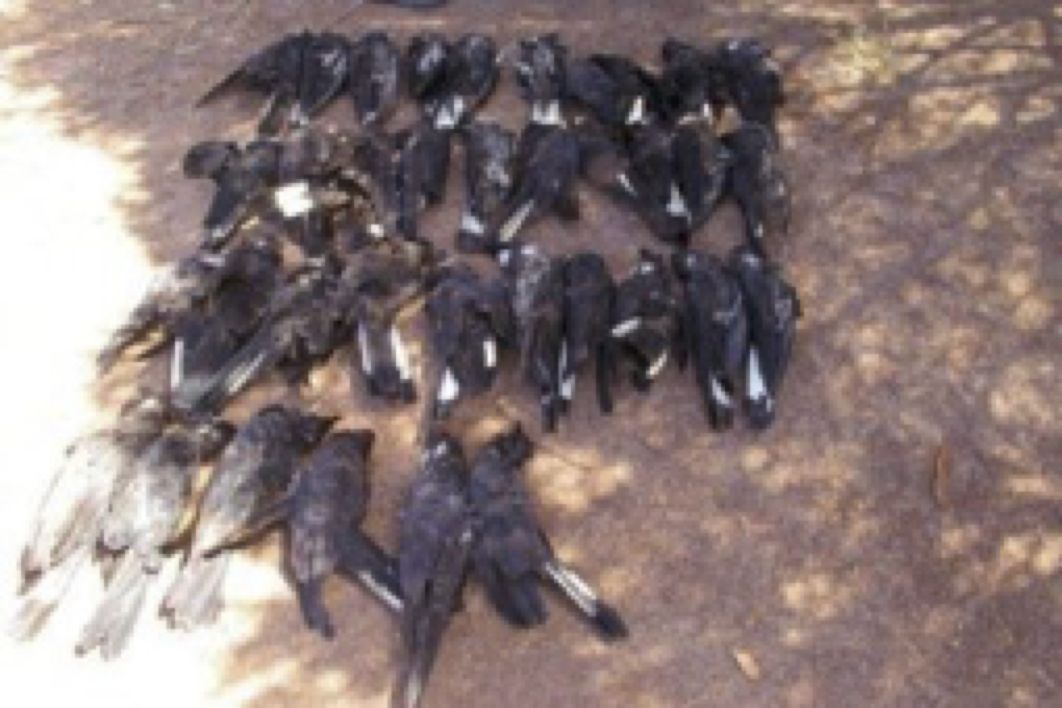 Some of the 208 endangered Carnaby’s cockatoos killed in the severe heat event 8th January 2010 at Hopetoun, WA (WA Dept Env and Conservation)
Some of the 208 endangered Carnaby’s cockatoos killed in the severe heat event 8th January 2010 at Hopetoun, WA (WA Dept Env and Conservation)
Source: ABC
As an example of the effect of a severe weather event, the local Carnaby’s population suffered a significant set-back when on 8 January 2010, the temperature reached 48o C in Hopetoun and caused a massive mortality of cockatoos and other bird species on the central south coast. Deaths were reported locally from Hopetoun golf course, Jerdacuttup River and Munglinup. There were over 200 known cockatoo mortalities, but the total would have been much greater than this if it were to include unknown events. Prior to this event it was usual to record hundreds of cockatoos in Cocanarup during nesting surveys. Since 2010 the only cockatoos recorded there appear to be the nesting pairs.
It is also obvious to those who monitor nesting in Cocanarup that usurpation of nesting hollows by galahs, barn owls and feral bees is a detrimental factor in cockatoo breeding success.
Monitoring of nesting in Cocanarup
Monitoring of nesting in Cocanarup
Monitoring of nesting in Cocanarup was initiated by the Friends of the Fitzgerald River National Park, when in October 2006 they organised an excursion to search for nests in the area. The twelve members who attended were reportedly delighted to find five active nests and many potential nest-hollows on that occasion. Until this time it seems that few people knew that it was a significant nesting area. The Forests Department made no reference to it in their management plan in 1980, and reports by biologists who have worked in the area make no reference to breeding until recently. The Friends’ excursion was probably part of a building momentum for the conservation of Carnaby’s as soon after this Birds Australia appointed a project officer to work along the south coast with community members to monitor Carnaby’s.
The Friends of Fitzgerald group is pictured in the image below around the historic Cocanarup spring located in the bed of the Phillips River, as it seems no excursion to Cocanarup is complete without learning something of the big story of the place.
Since 2007 when the first project officer started, monitoring has been carried out on a weekend in October each year and it is on-going. Consequently, over 15 years of data on nesting in this area has now been accumulated – and there is also now a group of dedicated people who are committed to continuing the effort and to protecting the Carnaby’s black-cockatoo.
The number of volunteers involved in monitoring has continued to grow and in November 2023, in a letter to the Minister for the Environment (WA), CCA wrote of the monitoring effort as follows:
“Over the 4-day survey period this year 26 volunteers, including 4 Esperance Tjaltjraak Rangers, contributed their time and energy for a total of 300 person-hours. This is a magnificent effort, but it is also a remarkably rewarding experience for those involved. Nothing quite matches seeing these inquisitive and attentive birds in and around their nests, and it is thrilling to get a rare photographic view of eggs and nestlings. This year one team was delighted to get vision of an egg actually hatching. For most volunteers this experience is a highlight of the year and it is considered a privilege to be involved.”
See the next section (Significance of Cocanarup area for Carnaby’s) for a summary of the 2018 – 2023 nest surveys.
Significance of Cocanarup area for Carnaby’s
Significance of Cocanarup area for Carnaby’s
The significance of the Cocanarup area for Carnaby’s black-cockatoo has been confirmed by BirdLife Australia, and communicated to the Federal Department of Environment (DCCEEW), the WA Department of Mines (DEMIRS), and relevant Ministers since the beginning of our campaign to conserve Cocanarup - Kundip. Following are some excerpts from correspondence from BirdLife Australia in Dec. 2018 which set the tone of our campaign:
“The Cocanarup area is one of the top three important breeding sites for Carnaby’s Black-Cockatoo in WA.”
“Presently there are 141 confirmed nest trees in the area, a further 35 potential nest trees (having suitable hollows but as yet no record of breeding), and each year up to 43 breeding pairs have been recorded breeding. These figures are an under-estimate because each year new nests are located and confirmed and due to the immense effort required to survey breeding, not all breeding events can be captured each year. It is estimated that closer to 60 breeding pairs breed in Cocanarup and the immediate surrounds. These breeding figures exceed those at most other sites within Carnaby’s breeding range that BirdLife is monitoring, further emphasising the conservation significance of the site.”
“Cocanarup is clearly a significant area for Carnaby’s during the breeding season and this is because of the high concentration of hollow bearing salmon gum trees across the reserve and the proximity of the area to extensive and undisturbed feeding habitat throughout the Ravensthorpe, Hopetoun and broader Fitzgerald Biosphere regions. The numbers of birds breeding at Cocanarup is typically not supported elsewhere (even where nests are present) because of the lack of food resources resultant of extensive clearing for agriculture across much of the birds breeding range.”
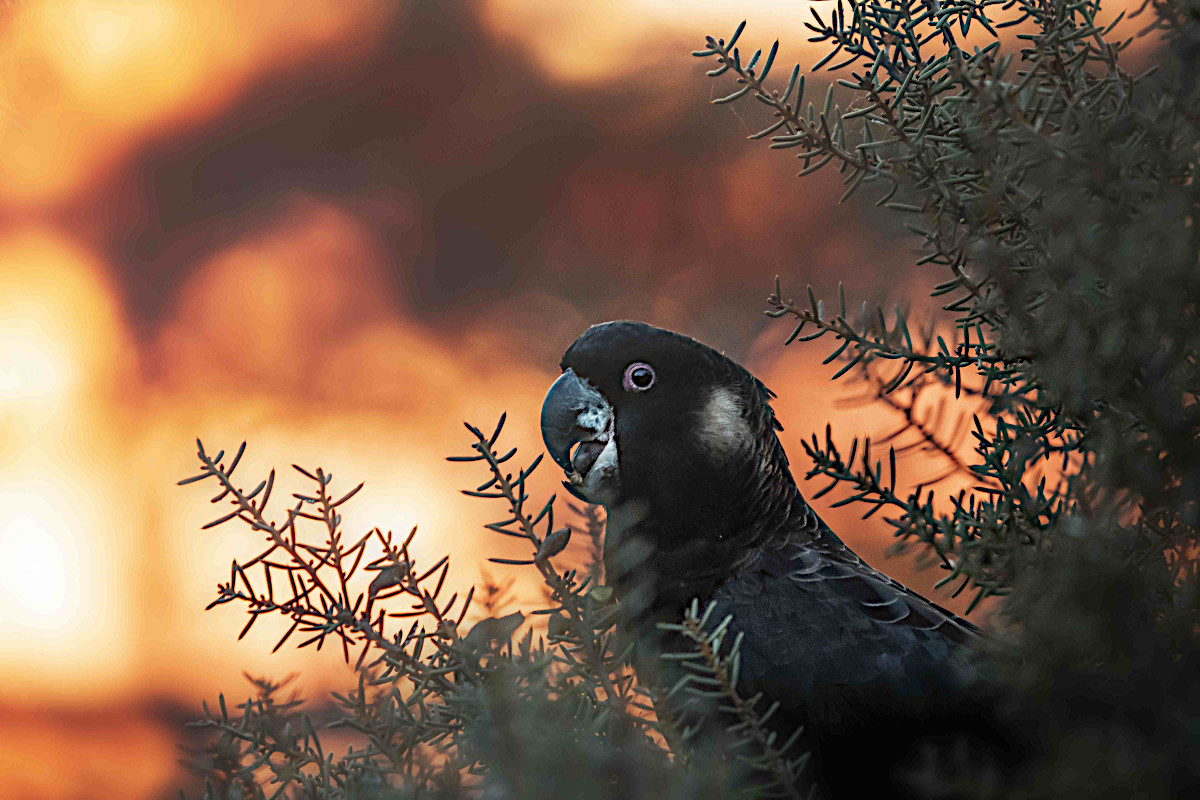 Carnaby’s black-cockatoo feeding on Hakea preissii (needle tree) seeds at dawn
Carnaby’s black-cockatoo feeding on Hakea preissii (needle tree) seeds at dawn
Photo: Jarvis Smallman
Five years later, BirdLife Australia (October 2023) updated this initial statement about the significance of Cocanarup for Carnaby’s black-cockatoo with the following information.
General information
- Cocanarup has 334 hollow bearing trees recorded in the Birdlife Australia database, both in and bordering the reserve.
- Cocanarup accounts for nearly a fourth of our annual breeding data, clearly demonstrating that together with Julimar State Forest it is one of the largest breeding areas in Western Australia.
- On average between 50 to 70 breeding pairs are recorded every year (usually only one monitoring event around 15 October, so we are probably missing a few that breed at a later date.)
- The South Coast population is genetically distinct from the West Coast population which adds even more value to their conservation.
- Plenty of foraging habitat and water (natural springs) is accessible within the reserve.
- North of Perth, the population of Carnaby’s stands to collapse with ongoing pressures from clearing coastal Banksia Woodland, the Gnangara Pine Plantations and Julimar State Forest. Effectively, these areas provide both foraging and breeding habitat for huge numbers of Carnaby’s but are all under threat.
- (Cocanarup is) a unique and diverse breeding site situated in a key position linking several other natural areas. No other sites like this are found in the Ravensthorpe area and beyond.
- Flocks from Esperance are expected to breed here, meaning flock sizes could easily reach between 150-200 individuals if not more.“
Monitoring data
Disclaimer: The data presented below are the results of coordinated survey efforts between the Cocanarup Conservation Alliance, BirdLife Australia, Tjaltjraak Rangers, Ravensthorpe Agricultural Initiative Network, Fitzgerald Biosphere Group, and many others.
Once a year, three days of surveying are organised during which we try to survey as many known breeding trees as possible. It is highly likely that we are not capturing the full breeding effort and a lot of hollows in the area are missed. Which is why, each year we discover new breeding hollows in the area.
In addition, as not all birds breed at the same time, we are probably missing a number of birds that start breeding after we have surveyed. More than often, a second survey is not possible for all known trees, and is usually focused on the trees in which we found breeding.
These factors affect the data, and based on the flock numbers we see in Hopetoun and surroundings, we are recording a good number of breeding birds but definitely not all.
In this document I only present the data for the last six years as our survey protocols became more streamlined after 2017. However, breeding data for this area recorded by BirdLife Australia goes back 16 years (2007).”
| Year | Trees Surveyed | Number with active nests (and % of total) |
Eggs | Nestlings |
| 2018 | 107 | 46 (43%) | 21 | 4 |
| 2019 | 198 | 75 (38%) | 37 | 14 |
| 2020 | 218 | 56 (25%) | 45 | 12 |
| 2021 | 224 | 59 (26%) | 35 | 33 |
| 2022 | 173 | 45 (26%) | 32 | 21 |
| 2023 | 215 | 59(27%) | 49 | 23 |
In considering the outcomes of this work, BirdLife’s Vicki Stokes indicated in 2019, that “Given what we’ve found this year, Cocanarup is quite likely the single most important entirely natural nesting site for Carnaby’s anywhere in the State (and therefore the world).” This underscores the critical importance of the rigorous process of survey work and data collection as these figures significantly enhance our efforts to have the wider Cocanarup area set aside as a Class A Reserve.
More information
More information about the Carnaby’s black-cockatoo and its ecology can be found here:
https://birdlife.org.au/bird-profiles/carnabys-black-cockatoo
https://blackcockatoorecovery.com/cockatoos-and-animals/black-cockatoos/carnabys-cockatoo
